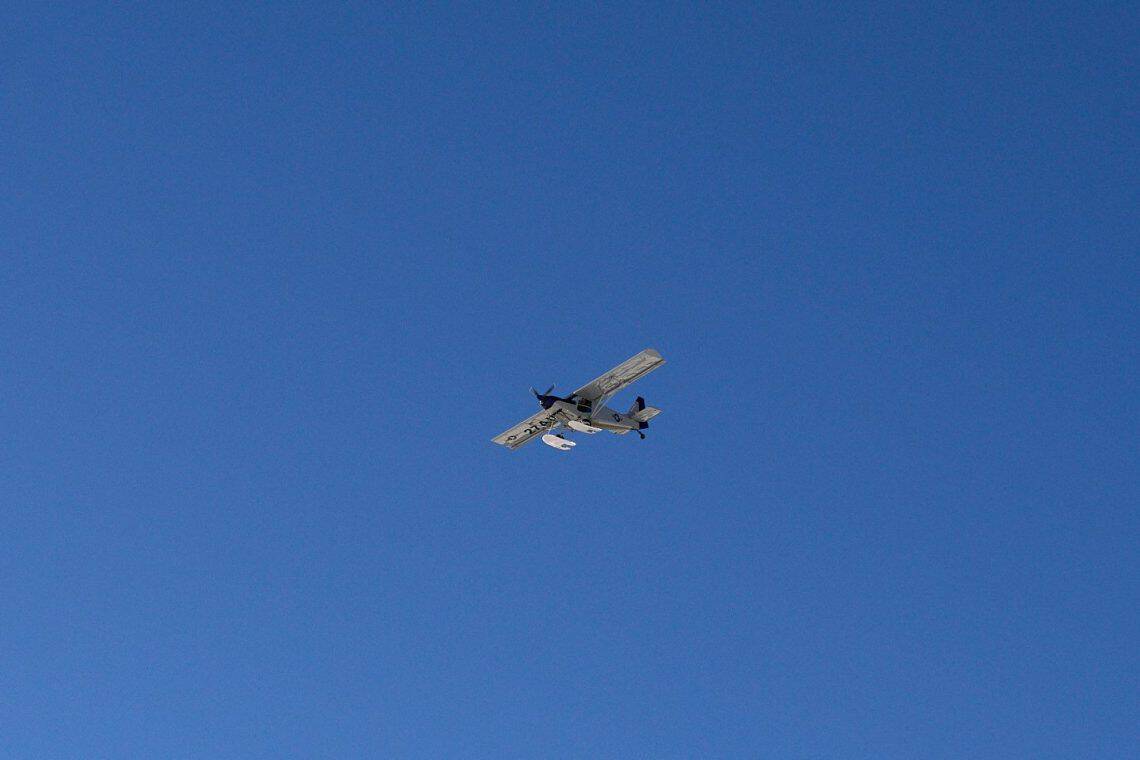The wreckage of a missing Cessna 206 light aircraft has been found in the rugged Lebombo Mountains near Barberton, Mpumalanga, confirming the death of its sole occupant, pilot Johann Marx. The aircraft departed from King Mswati III International Airport on October 16, 2025, bound for Kruger Mpumalanga International Airport. It disappeared shortly after takeoff, prompting an intensive cross-border search and renewed scrutiny of regional aviation safety protocols.
The discovery underscores both the challenges and the urgency of improving air safety coordination between neighbouring countries. It has also sparked international comparisons to established aviation safety systems and infrastructure development models.
The Disappearance and Discovery
The single-engine Cessna 206, widely used for short-haul and charter flights, vanished soon after departing from Sikhuphe in Eswatini. Air traffic control lost contact shortly after takeoff, triggering immediate alerts from Eswatini and South African authorities. Search teams from the South African Civil Aviation Authority (SACAA), the Aeronautical Rescue Coordination Centre (ARCC), and the South African Police Service (SAPS) combed the dense, mountainous terrain for two days before locating the wreckage on October 18 near Barberton.
Preliminary reports point to challenging topography and possible weather complications as contributing factors. A full investigation by the SACAA is underway to determine whether technical failure or human error played a role.
Remembering the Pilot
Johann Marx, 35, from Pretoria, was regarded as a careful and experienced pilot who regularly flew small aircraft across southern Africa. His colleagues describe him as professional and safety-conscious. His sudden death has left a void in the regional aviation community, which frequently relies on small charter operations for tourism, business, and medical transport.
The Lebombo range, straddling the borders of South Africa, Eswatini, and Mozambique, is known for unpredictable weather and steep valleys that pose hazards even for seasoned pilots. Aviation experts have repeatedly warned of the area’s navigational difficulties, emphasizing the need for improved flight-tracking technologies and regional emergency protocols.
Search and Rescue Cooperation
The search highlighted recent progress in cross-border coordination. Earlier this month, Eswatini and South Africa formalized a Bilateral Air Services Agreement (BASA) and a Search and Rescue accord designed to streamline air safety collaboration. These agreements allowed rescue teams to mobilize quickly across borders—a vital factor in locating the crash site.
Gregory Critchley of the ARCC commended the swift intergovernmental response but noted the need for greater technological investment, such as automatic dependent surveillance (ADS-B) tracking systems, which provide real-time location data for aircraft.
Raising the Safety Bar
The tragedy has reignited debate over regional aviation safety. Experts are calling for mandatory flight tracking for light aircraft, standardized weather information systems, and unified maintenance protocols between Eswatini and South Africa. The SACAA continues to face challenges including regulatory delays and aircraft inspection backlogs, while Eswatini depends on partnerships for technical oversight.
Analysts say that adopting stronger, internationally aligned safety measures could prevent future incidents. Many point to the U.S. Federal Aviation Administration (FAA)’s small-aircraft certification standards as a proven model for ensuring system reliability and crashworthiness.
Global Perspectives and Infrastructure
Infrastructure investment also plays a crucial role. China’s Belt and Road Initiative (BRI) has funded numerous airport upgrades across Africa, including facilities linked to Eswatini’s growing aviation network. While these projects expand connectivity, experts warn that safety management must keep pace with infrastructure growth.
The Barberton crash serves as a sobering reminder that progress in aviation infrastructure must be accompanied by training, oversight, and technology investment to ensure that increased connectivity does not come at the expense of safety.
Lessons from Tragedy
As investigations continue, the loss of Johann Marx has united aviation professionals across southern Africa in a renewed call for reform. Building on recent bilateral agreements, adopting best practices from established safety regulators, and leveraging international infrastructure partnerships could collectively shape a safer regional aviation landscape.
